United Nations World Day Against Trafficking in Persons: Worst Countries for Modern-Day Slavery
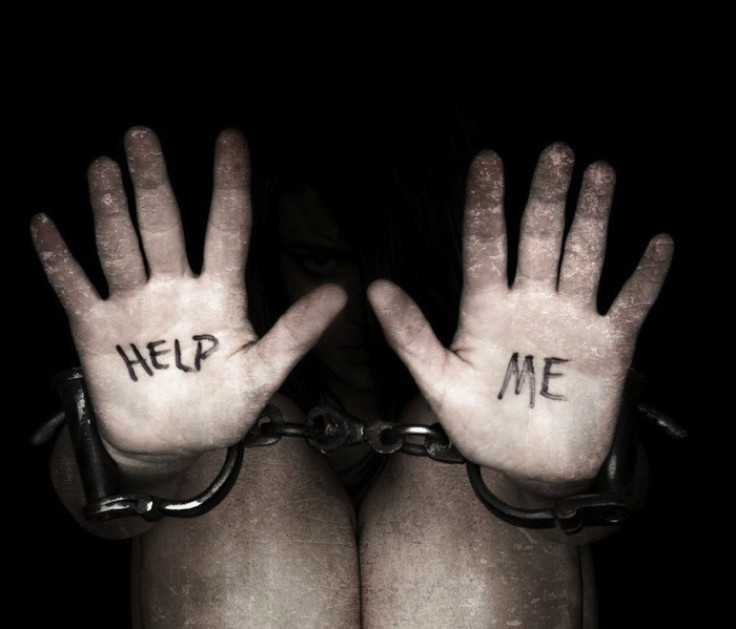
At any given time, an estimated 2.5 million people are trapped in modern-day slavery, targeted by traffickers for the purpose of sexual slavery, forced labour or commercial sexual exploitation.
July 30 marks the first annual United Nations Day Against Trafficking in Persons, which launched the campaign hashtag #Igivehope.
In 2013, the General Assembly adopted the Global Plan of Action to Combat Trafficking in Persons, establishing a UN Voluntary Trust Fund for victims of trafficking - in particular women and children, who make up 75% of all victims.
UN Secretary-General Ban Ki-moon said in a statement: "To stop the traffickers, we must sever funding pipelines and seize assets. I urge all countries to ratify and fully implement the United Nations Convention against Transnational Organised Crime and its Protocol on Trafficking in Persons."
IBTimes UK looks at countries with high rates of human trafficking:
Bangladesh
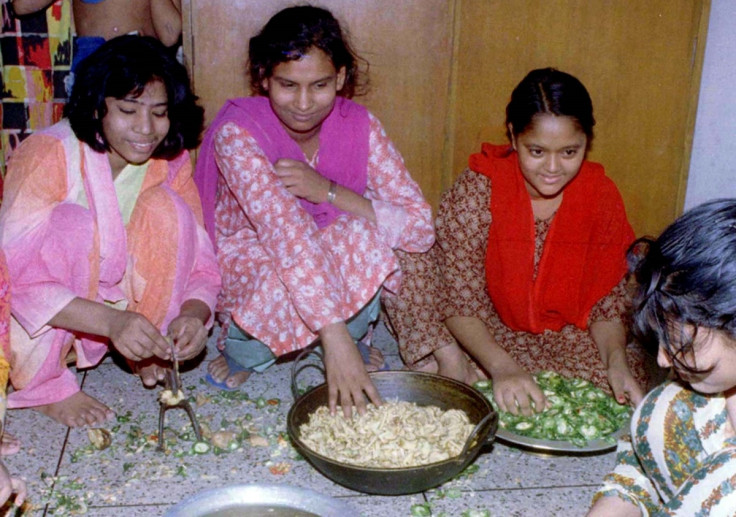
Bangladesh is primarily affected by modern slavery for sexual exploitation, forced and bonded labour, both within its borders and overseas. Bangladeshis are enslaved overseas in the Middle East, in neighbouring Southeast Asian countries, and in Europe. Over the past 30 years, it has been estimated that over one million Bangladeshis have been enslaved in these countries.
NGOs report many Bangladeshi migrant labourers are victims of recruitment fraud. The International Labour Organisation has concluded high recruitment fees increase vulnerability to forced labour among transnational migrant workers.
Recent reports show many brothel owners and pimps get Bangladeshi girls hooked onto steroids to make them more attractive to clients, with devastating consequences. The drug is reported to be used by 90% of females between 15 and 35 in Bangladeshi brothels.
Haiti
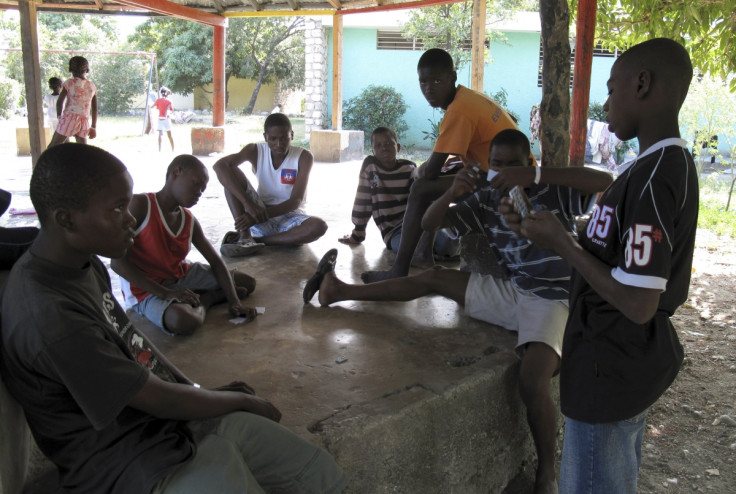
Most of Haiti's trafficking cases consist of the estimated 150,000-500,000 children in domestic servitude in households throughout Haiti. Dismissed and runaway children make up a significant proportion of the large population of street children who end up forced into prostitution, begging, or street crime by criminal gangs in the country.
It was reported that women and children living in Internally Displaced Persons camps set up as a result of the 2010 earthquake were at an increased risk of sex trafficking and forced labour.
Of the estimated 1.5 million Haitians that entered the camps following the earthquake, some 357,785 remain as of March 2013.
Pakistan
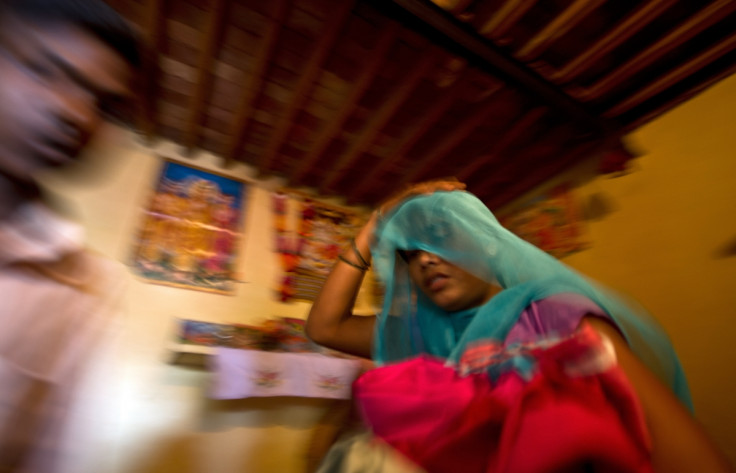
Bonded labour, concentrated in the Sindh and Punjab provinces in agriculture and brick-making, make up a significant proportion of trafficking statistics in Pakistan.
Estimates of victim numbers vary but are thought to exceed over one million.
Many Pakistani women and men migrate voluntarily to the Persian Gulf States of Iran, Turkey, South Africa, Uganda, and other European countries for domestic, construction or driving work. Once abroad, some become victims of labour trafficking.
Boys and girls are also bought, sold, rented, or kidnapped to work in organised, illegal begging rings, domestic servitude or prostitution.
Russia
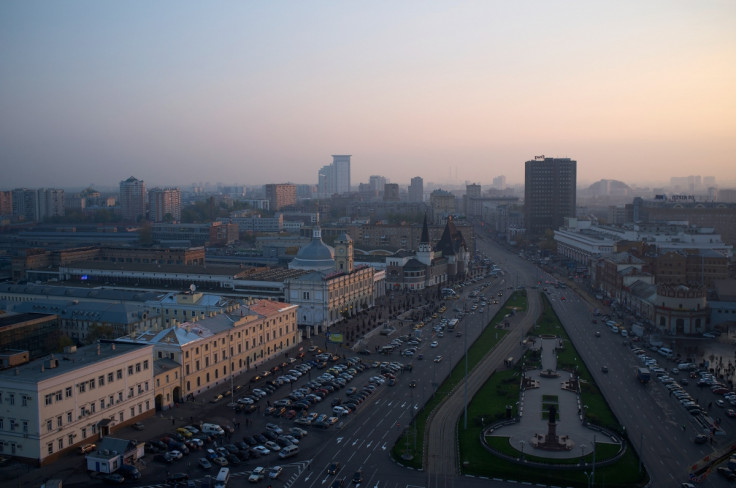
Currently on the Tier 3 watchlist for trafficking by the US Department of State as of 2014, efforts to crack down on the industry in Russia focus on men, women and children shipped out and brought into the nation from abroad.
In 2009, the International Labour Organization reported that forced labour was the most predominant form of trafficking in Russia, in the construction industry, in textile shops, and in the agricultural sectors.
Victims from Belarus, Ukraine, Moldova, Kyrgyzstan, Tajikistan and Uzbekistan are trafficked into Russia, and an estimated 40,000 men and women from North Korea are subjected to forced labour in the country.
Democratic Republic of the Congo
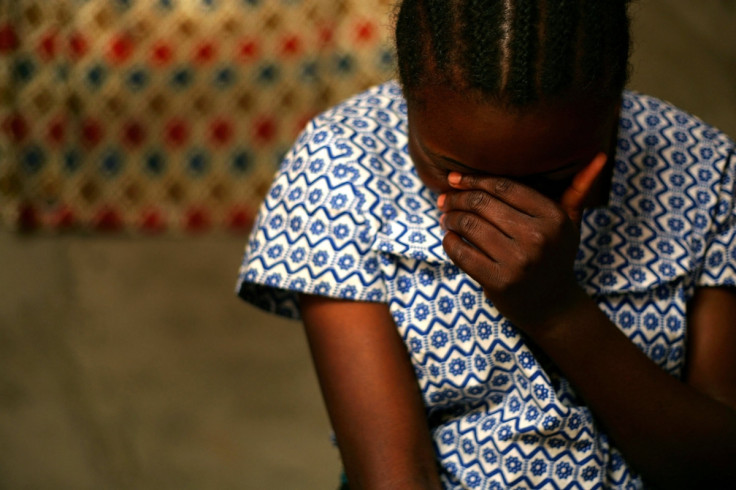
The DRC is a source and destination country for men, women and children subjected to trafficking for forced labour and prostitution. The majority of the trafficking is internal, perpetrated by armed groups and government forces outside the authorities' control, within the country's conflict-ridden eastern provinces.
A 2007 UNICEF and Congolese government report estimated that 200,000 children in west and central Africa are affected by trafficking each year.
Congolese girls are forcibly prostituted by loosely organised networks and gangs. They are also taken to Angola and European nations for commercial sexual exploitation.
Some members of Batwa, or pygmy groups, are subjected to conditions of involuntary servitude in agriculture, mining, and domestic work in eastern DRC.
© Copyright IBTimes 2024. All rights reserved.









